PRESS RELEASE: Urgent Appeal by Scientists and MCC; Please Do Not Disturb Guam’s Manta Rays & Habitats
June 9, 2020
Hagatna, Guam — Over the past month, scientists working with the Micronesian Conservation Coalition are growing concerned over the increased disruption and impact to the local manta ray population and their natural habitats. They are seeking support from the community to foster respect towards Guam’s manta rays and the ocean.
The MCC and scientists recognize and understand the enthusiasm for the Guam mantas, evidenced by the growing number of curious residents and visitors in the habitat area. However, the researchers have witnessed and documented excessive chasing and touching of the mantas, which are resulting in distressed behavioral changes. This includes the noticeable departure of members of this very small group of manta rays, a documented micro-population of fifty-three (53). More importantly, these undue interactions change the natural mating and feeding behaviors of the Guam mantas.
The organization and its supporters respectfully appeal recreational ocean enthusiasts to please avoid the manta ray habitat areas. Snorkelers or paddles boards congregating at one time creates a “hard surface” on the water. Creating a “hard surface” on the water makes it impossible for mantas to exhibit natural behaviors in smaller, shallower areas.
This negatively impacts the mantas as they feed around the reefs and cruise along the ocean surface to feed. Also, human presence impacts the mating patterns of mantas, as they move from the ocean deep to the surface, sometimes involving individual mantas leaping out of the water. The influx of people coming to the research sites also makes it difficult for our team to conduct research, as the presence of many people (along with the sounds and disruptions they may make) has a direct impact on the manta rays’ behaviors.
“We are very concerned about the increased traffic of people in the manta ray habitats, as this introduces an unnatural interference. The mantas target certain fish spawn in the area, which are also disturbed by excessive human presence. The Guam mantas are unable to feed unobstructed or even perform natural mating patterns. People diving down to take photos basically cuts off the unique ‘mating chain,’ as male mantas pursue a single female manta,” shares MCC Executive Director, Julie Hartup. The organization’s plea is to respect and not disturb these areas to help maintain the ecosystem mantas need to survive. Swimmers, divers, paddlers and motor operated ocean vessels are asked to please understand and help protect the sensitive, unique and small population of Guam mantas rays.
Following are guidelines for people who are fortunate enough to come across manta rays;
Please
– Stay your distance (safely 33 feet from a manta ray).
– Do not swim or dive down directly straight at the manta ray. This naturally forces them to turn and move away.
– Never touch a manta ray. They have a mucus covering to protect them from bacteria and forms of microbes. Touching mantas scrape off the protective covering, which makes them susceptible to infections.
– If mantas approach you on their terms, stay still, and they might stick around longer to check you out. Mantas have large brains and do display curiosity.
– Do not use any flash photography strobes or video lights. This can create agitation and is very disruptive.
– If you come across a MCC research team in the water (wearing attire displaying the MCC logo), and they are not busy on the surface, you are welcome to ask us questions you may have about the mantas. They enjoy talking about the Guam manta rays and their other ocean studies.
The MCC research team are made up of trained local scientists, using guidelines set out by the international NGO Manta Trust on how to study and approach manta rays as researchers. The MCC Board, its researchers, volunteers and the community of Guam thanks everyone for their support and understanding to help protect the unique and small population of Guam manta rays.
To learn more about the local mantas, the study and other MCC projects, visit their website at www.micronesianconservation.org , or contact [email protected].
Visit micronesianconservation.org/mantainteractions to view more guidelines and insight into swimming with mantas
